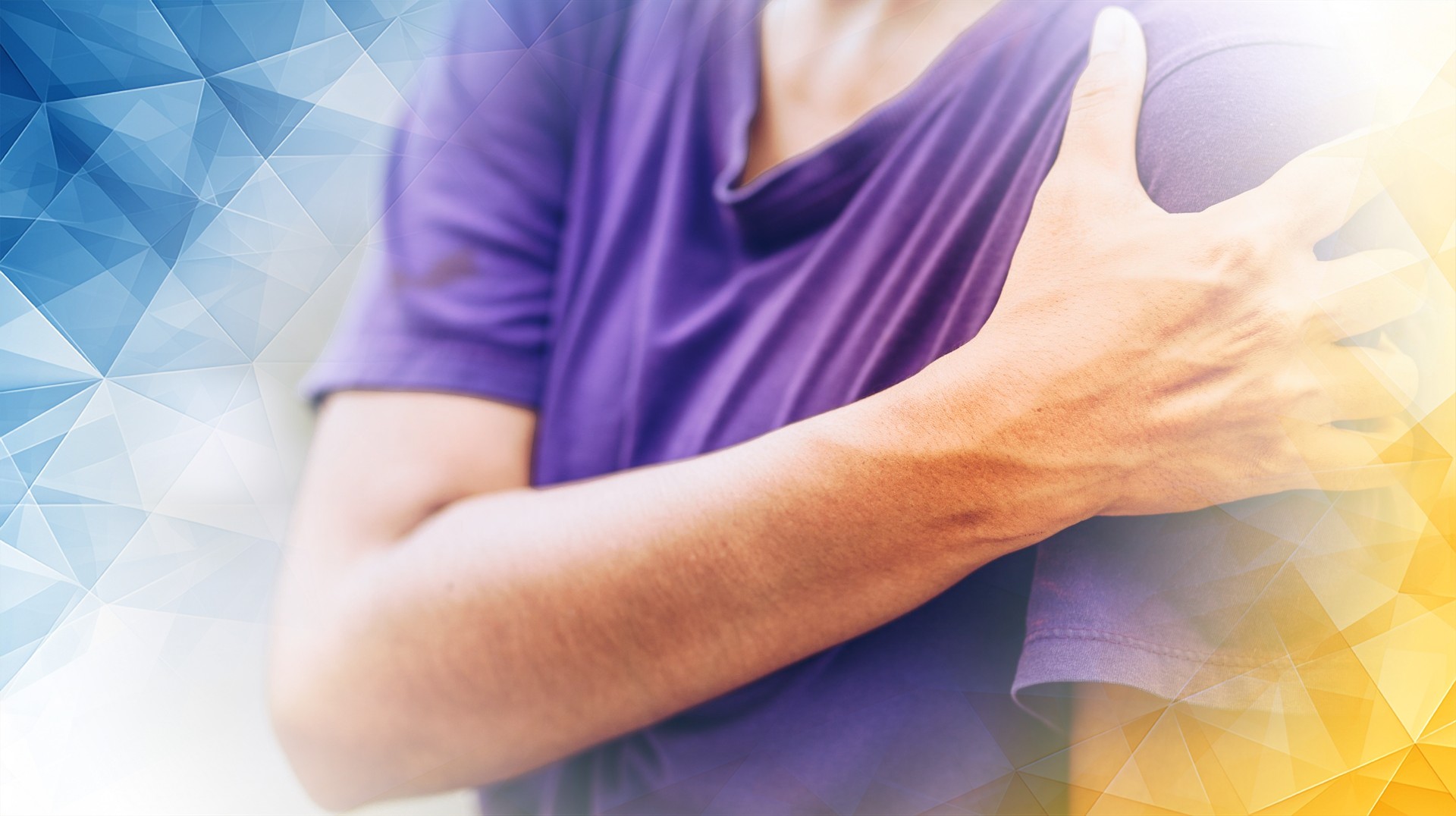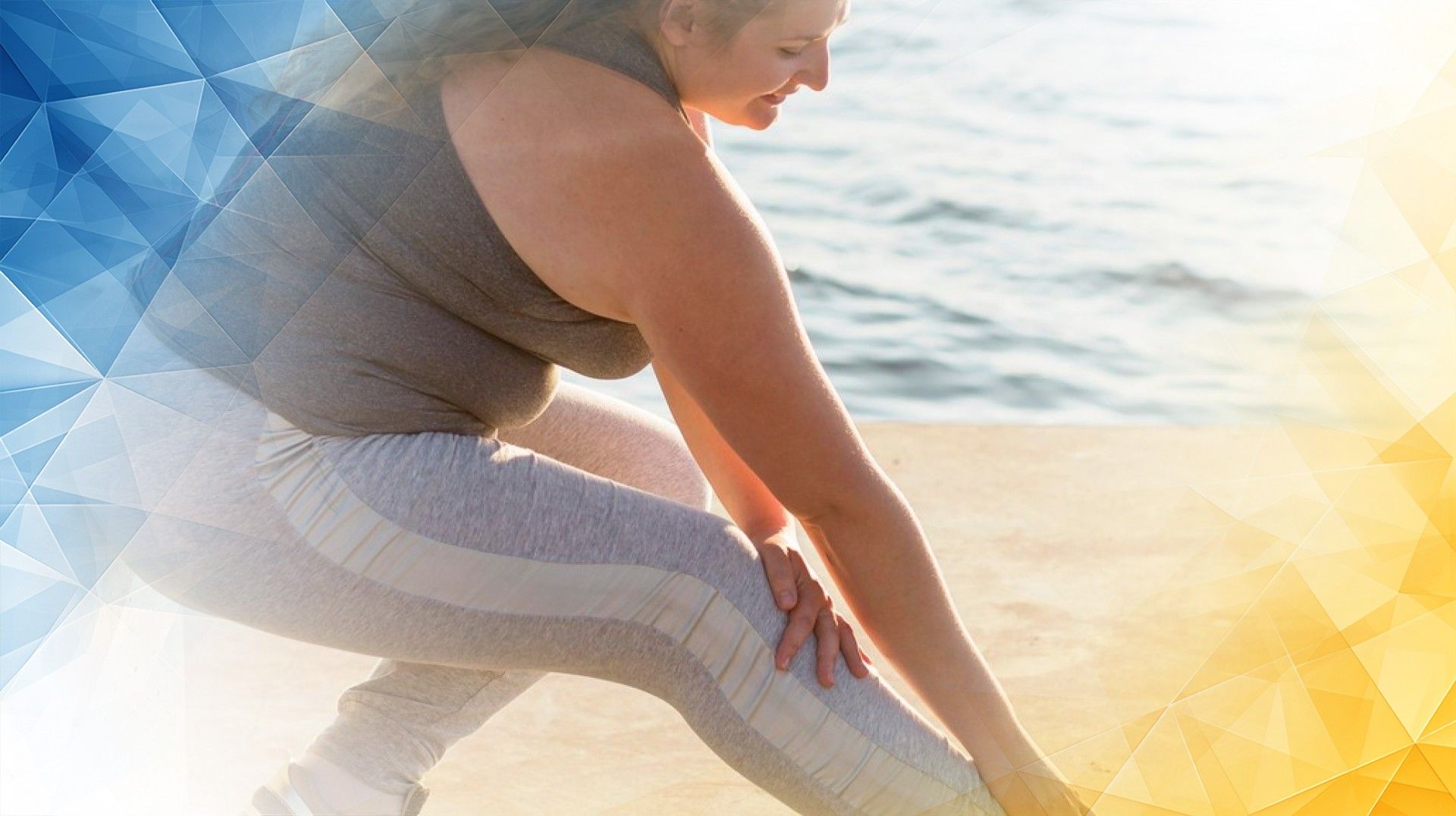



Knee pain is a widespread issue that affects people of all ages, ranging from a minor annoyance to a significant barrier in everyday life. Many believe knee pain results simply from injury or getting older, but the real story is much deeper. In this article, we’ll look at two key factors that together play a major role in both causing and worsening knee pain: inflammation and biomechanics. By understanding how these “hidden culprits” intertwine, we can prevent knee pain more effectively and discover better solutions for lasting relief.
Knee pain ranks among the leading reasons people seek help from doctors and physical therapists, especially later in life. It limits mobility, threatens independence, and can drastically reduce quality of life for millions around the world. Thanks to modern research, we now recognize that knee pain rarely emerges from just one factor—instead, it results from a blend of processes occurring inside the joint along with the physical stresses placed on it. This understanding helps us move beyond temporary fixes and target the true roots of the problem for more sustainable results.
Inflammation functions as the body’s emergency response crew—rushing in to help repair injured tissues. However, when inflammation lingers or becomes too intense, it can do more harm than good. In the knee , prolonged inflammation can lead to swelling, stiffness, and ongoing pain.
People with knee pain —especially those diagnosed with osteoarthritis—often have higher levels of inflammatory molecules, such as cytokines. These molecules gradually break down the cartilage that cushions the knee and irritate the joint lining, resulting in the discomfort, swelling, and stiffness so many people experience. This helps explain why knee pain sometimes persists even when there’s no obvious recent injury.
Biomechanics is all about how movement and body position influence our joints and tissues. Picture your knee as a carefully engineered machine, reliant on both proper alignment and well-balanced muscle support. If the knee is even slightly misaligned, or if the muscles supporting it are unequal in strength, certain parts of the joint can be forced to carry more weight. This uneven pressure accelerates the wearing of cartilage and soft tissues, triggering pain and instability.
For example, if your knee angles inward or outward as you walk, some areas are forced to bear more force than they’re designed for. Over time, this contributes to joint damage. Additionally, these mechanical stresses can actually trigger inflammation, tying together the physical and biological aspects of knee pain . It’s a feedback loop: poor mechanics can drive inflammation, and inflammation can then worsen movement quality.
Inflammation and biomechanical stress are closely linked, each fueling the other in a cycle that can make knee pain progressively worse. Biomechanical issues like joint misalignment or muscle weakness can cause small injuries , inviting inflammation as the body tries to heal itself. On the flip side, inflammation can weaken the very muscles and tissues that keep the knee stable , leading to further misalignment and abnormal movement.
For instance, pain and swelling from inflammation may cause you to alter your stride to avoid discomfort. This adjustment, while understandable, puts new stresses on the knee , contributing to ongoing inflammation and, ultimately, more pain. That’s why addressing only one facet—either inflammation or biomechanics—is often not enough to completely solve the problem.
Treatment is most successful when it tackles both inflammation and faulty biomechanics together. Traditional therapies often focus on reducing inflammation through medications or injections. However, the best results come from a more holistic approach.
Physical therapy , for example, helps strengthen muscles, improve joint alignment, and restore healthy movement patterns, while also incorporating strategies to ease inflammation and pain. Emerging treatments—ranging from biologic therapies to lifestyle adjustments—aim to break the cycle in both directions, promoting healthy joints and overall wellbeing.
By combining efforts to reduce inflammation with smart biomechanical correction, patients have a better shot at not just easing pain, but also improving long-term knee function.
Knee pain is often the result of a complex dance between inflammation and biomechanical stress. Inflammation damages tissue and causes pain, while biomechanical problems wear down the joint, often fueling further inflammation. Effective prevention and treatment require paying attention to both aspects.
Through a combined strategy—integrating the best of science and personalized care—we can help people regain mobility and confidence. As research continues, we’ll keep discovering better ways to manage these hidden culprits and protect knee health for everyone.
Vulfsons, S., Bar, N., & Eisenberg, E. (2017). Back Pain with Leg Pain. Current Pain and Headache Reports, 21(7). https://doi.org/10.1007/s11916-017-0632-x
Goudman, L., Huysmans, E., Coppieters, I., Ickmans, K., Nijs, J., Buyl, R., Putman, K., & Moens, M. (2019). Electrical (Pain) Thresholds and Conditioned Pain Modulation in Patients with Low Back–Related Leg Pain and Patients with Failed Back Surgery Syndrome: A Cross-Sectional Pilot Study. Pain Medicine, 21(3), 538-547. https://doi.org/10.1093/pm/pnz118
Schmid, A. B., Tampin, B., Baron, R., Finnerup, N. B., Hansson, P., Hietaharju, A., Konstantinou, K., Lin, C.-W. C., Markman, J. D., Price, C., Smith, B. H., & Slater, H. (2023). Recommendations for terminology and the identification of neuropathic pain in people with spine-related leg pain. Outcomes from the NeuPSIG working group. Pain, 164(8), 1693-1704. https://doi.org/10.1097/j.pain.0000000000002919
All our treatments are selected to help patients achieve the best possible outcomes and return to the quality of life they deserve. Get in touch if you have any questions.
At London Cartilage Clinic, we are constantly staying up-to-date on the latest treatment options for knee injuries and ongoing knee health issues. As a result, our patients have access to the best equipment, techniques, and expertise in the field, whether it’s for cartilage repair, regeneration, or replacement.
For the best in patient care and cartilage knowledge, contact London Cartilage Clinic today.
At London Cartilage Clinic, our team has spent years gaining an in-depth understanding of human biology and the skills necessary to provide a wide range of cartilage treatments. It’s our mission to administer comprehensive care through innovative solutions targeted at key areas, including cartilage injuries. During an initial consultation, one of our medical professionals will establish which path forward is best for you.
Contact us if you have any questions about the various treatment methods on offer.
Legal & Medical Disclaimer
This article is written by an independent contributor and reflects their own views and experience, not necessarily those of londoncartilage.com. It is provided for general information and education only and does not constitute medical advice, diagnosis, or treatment.
Always seek personalised advice from a qualified healthcare professional before making decisions about your health. londoncartilage.com accepts no responsibility for errors, omissions, third-party content, or any loss, damage, or injury arising from reliance on this material. If you believe this article contains inaccurate or infringing content, please contact us at [email protected].